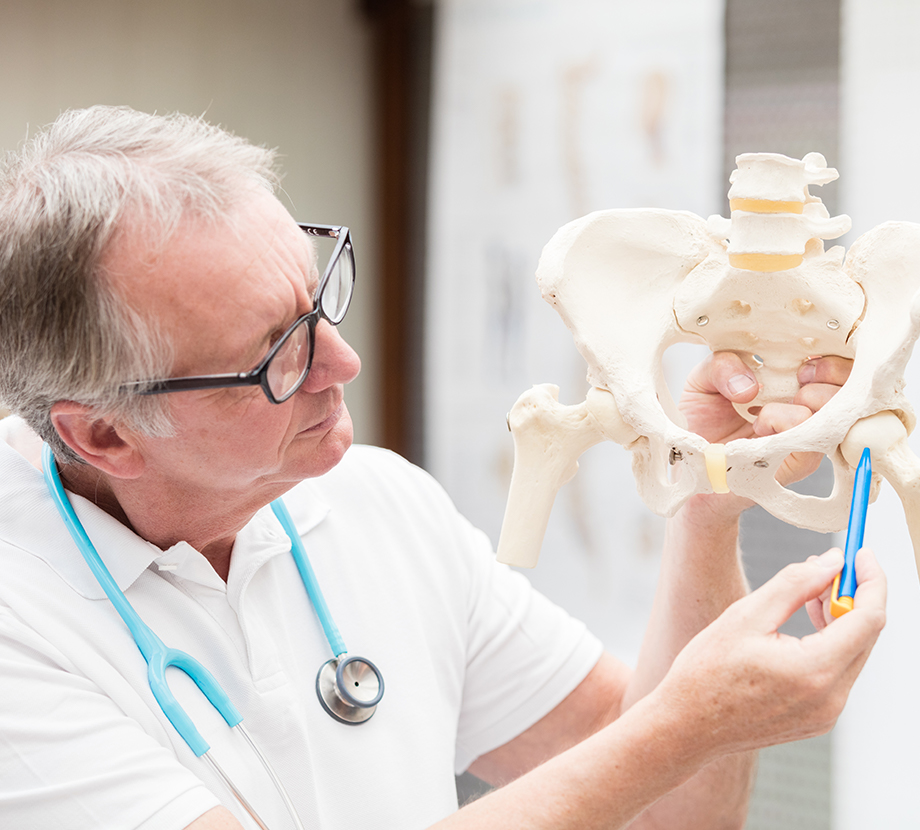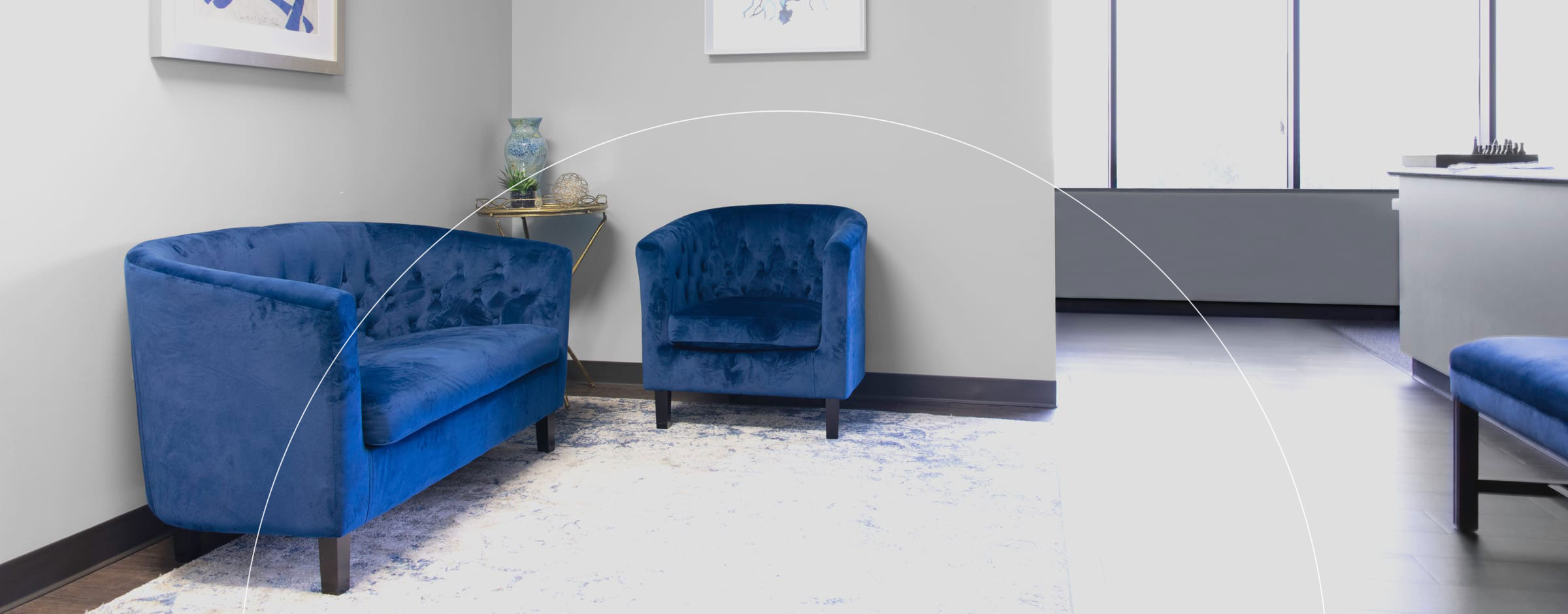What are regenerative treatments for the hip?
Regenerative treatments for the hip are minimally-invasive procedures that can significantly reduce the need for surgery by healing injured tissues before the damage progresses.
Am I a candidate for regenerative hip treatments in Bellaire?
You may be a candidate for regenerative hip treatments if your hip pain has not responded to conservative therapies, such as physical therapy, rest, medications, and other types of injections. Regenerative treatments may also be a good option if you are not a candidate for surgery or prefer to avoid elective surgery. Your individual treatment plan may include one or more regenerative procedures if you:
- Suffer from an injury or condition that limits your physical activity or normal daily functions
- Have a soft tissue defect in the tendons, ligaments, or muscles
- Have had other treatments that did not provide significant pain relief

What should I expect with regenerative hip treatments?
Your exact procedure will depend on the type of regenerative treatment you receive:
- PRP: Platelet-rich plasma (PRP) has been clinically proven to reduce pain and stimulate healing. This procedure is a three-step process that involves drawing a small amount of your blood, spinning it in a centrifuge to separate the PRP from the other components, and injecting the platelet-rich plasma into areas affected by pain.
- LIPOGEMS: This state-of-the-art treatment uses your own body fat to help you heal naturally. Fat is harvested from the abdomen, concentrated, and transferred to the injured area using next-generation, minimally-invasive techniques. The transferred adipose tissue provides a cushion and support for damaged tissues. Its high concentration of reparative cells promotes healing to optimize your recovery.
- PDGF: Platelet-derived growth factors (PDGF) can be defined as a family of molecules released from platelets that can help heal wounds and repair damage to blood vessel walls. Growth factors are substances required for stimulation of growth in living cells.
- BMAC: Bone marrow aspirate concentrate (BMAC) can be used to treat osteoarthritis of the hip, hip labral tears, and tendon injuries of the hip. Bone marrow is one of the richest sources of stem cells in the body. It is harvested from one of your bones by aspiration (drawing from the body by suction) through a small needle puncture. The extracted bone marrow is placed in a specialized processing unit that concentrates the stem cells, platelets, and growth factors. The concentrate is collected into a sterile syringe and injected into the treatment area
- Prolotherapy: This regenerative treatment temporarily increases inflammation to stimulate natural tissue repair in the body. The doctor injects an irritant, such as dextrose solution, into the joint and surrounding tissues. Multiple injections may be performed in a single prolotherapy treatment session.
Why choose Dr. Seifert?
- Dr. Heidi Seifert is an interventional anesthesiologist who specializes in the diagnosis and treatment of acute and chronic pain, utilizing the latest nonsurgical, minimally-invasive techniques, including state-of-the-art regenerative therapies.
- She uses evidence-based medicine to promote healing and regeneration of pain generators in the spine, joints, and musculoskeletal system.
- We believe in a holistic, multidisciplinary approach to pain. Our treatment plans often include referrals to physical therapy, acupuncture, or chiropractic treatments for comprehensive, individualized care.
What is the recovery like after regenerative hip treatments in Houston?
Although times may vary, depending on the specific procedure, recovery is typically rapid after minimally-invasive regenerative treatments. These cutting-edge techniques do not involve surgery or hospital stays so that you can get back to your normal activities quickly. Many patients can return to work the day after the procedure.







